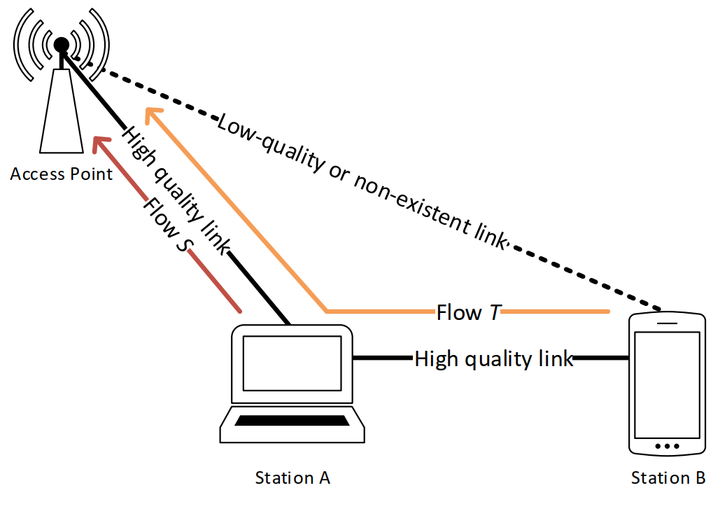Selfish Attacks in Two-Hop IEEE 802.11 Relay Networks: Impact and Countermeasures
 Conceptual setting for selfish attacks in a two-hop relay network
Conceptual setting for selfish attacks in a two-hop relay network
Abstract
In IEEE 802.11 networks, selfish stations can pursue a better quality of service through selfish MAC-layer attacks. Such attacks are easy to perform, secure routing protocols do not prevent them, and their detection may be complex. Two-hop relay topologies allow a new angle of attack: a selfish relay can tamper with either source traffic, transit traffic, or both. We consider the applicability of selfish attacks and their variants in the two-hop relay topology, quantify their impact, and study defense measures.
Type
Publication
IEEE Wireless Communications Letters, vol. 7, no. 4, pp. 658-661, Aug. 2018